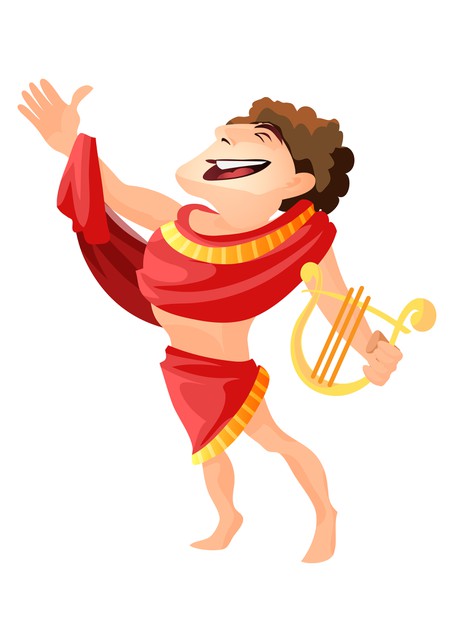Music Meets Mythology to Create Magic
‘Raghukul reet sada chali aayi, praan jaaye par vachan na jaayi’
These words resonate in our heads with that unique musical tone that goes with it. Our memories of watching Ramayana and Mahabharata on TV make us hum the tune along while reading this verse isn’t it? That’s what happens when music meets mythology. It helps you revisit history in a light-hearted manner, that’s what magic is all about.
Musical narratives go a long way into our glorious history with epics like Ramayana and Mahabharata having a musical element attached to it. Nothing beats the rhyming verses which the storytellers of the past beautifully narrated in a peculiar tone. Music has been etched in the minds enabling the awareness about our rich legacy and culture over several years.
These poetic narratives portrayed the human characters that possessed superhuman qualities and powers. They spoke of their brave deeds and applauded their courage through musical renditions. Puranic epic songs became reservoirs of our rich heritage and prestigious past. Royal festivities had musicians singing their own compositions (or gathas) in appreciation of their patrons.
These songs that narrate episodes from the texts continue to be popular even today. The context and matter of the songs is known to the people but the way it’s rendered adds novelty to the experience. There are some regional oral epics in addition to the Sanskrit epics. Blackburn (1989) segregates these epics based on geographical range, theme (martial, sacrificial, or romantic), and setting (ritual or entertainment).
The local ones (range 10-100 miles at the widest) are: Tampimar or the bow song, Kordabbu, Teyyam; the sub-regional ones (range 100-200 miles) are Annanmar, Palnadu, Jungappa, and Kanyaka; the regional ones (range 200-300 miles) are Pabuji, Devanarayan, Ellamma, and Tolubommalata; and the supra-regional (400+ miles) are Lorik-Chanda, Guga, Dhola, and Alha. It’s a world of interesting recitals that are popular in small regions of the country.
Be it villages or cities, a lot of importance is attached to the singing of epic songs .There are many regional variants to the narratives accounting from different epics and the Puranas.
Ramalila and Rasalila, that are based on the lives of Rama and Krishna respectively, are the most loved classic stories narrated in a musical way. Ramalila, is based on Tulasidasa’s Ramacharitamanasa, is performed for nine days before the festival of Dussehra, which celebrates the slaying of Ravana by Rama.
Raslila is based on Krishna’s life filled with entertainment and merry-making during his youth.
Music indeed goes back in time forming the very foundation of what we call our rich culture and legacy. With music meeting mythology we have a timeless experience of what history looked like back then. Maybe it is music and poetry that helped pass on our legacy from one generation to the other.
There’s an abundance of stories and narratives hidden in these musical verses and that has actually shaped all our ideologies. The role of music is integral in keeping the memory of these epics and mythological narratives alive for years to come.








